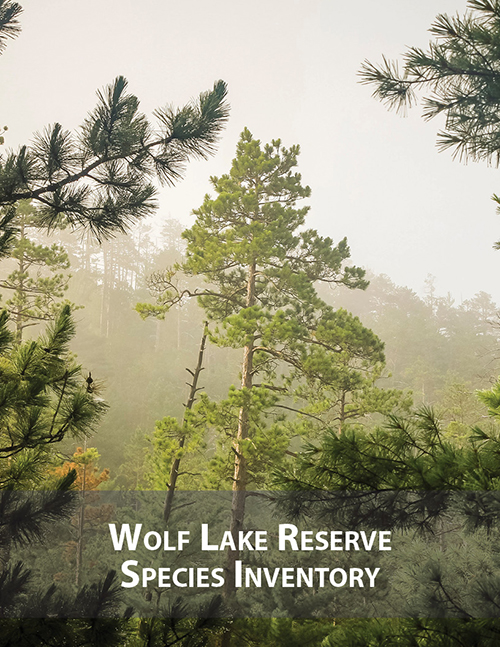
12 Jun 210 NEW REASONS TO SAVE WOLF LAKE
RELEASE June 12, 2013
Scientists find 210 species at Wolf Lake
recommend moratorium on further industrial disturbance
Sudbury – A team of scientists released a new report today on the findings of an intensive species count conducted last year at Wolf Lake. 210 species were identified including two bird species “At Risk” (special concern) the Canada Warbler and Common Nighthawk. The report finds that the Wolf Lake old-growth forest is a unique and rich natural laboratory with the potential to provide the answers to many scientific questions relating to the ecology and conservation of endangered forested landscapes. It warns that planned industrial activity puts this value at risk.
Download the report here: WOLF LAKE – SPECIES REPORT
“We strongly urge that no further industrial disturbance be permitted to this ecosystem. The forest’s sustainable values as a natural classroom, outdoor laboratory and recreation area should not be compromised for short-sighted and speculative mineral exploration” said lead author and old growth expert Peter Quinby. “Any further industrial disturbance risks degrading the scientific value of this irreplaceable ecosystem before we have uncovered its storehouse of ecological information.”
The report documents initial efforts to create a comprehensive species list at Wolf Lake. The first season of study has identified 210 species including an abundance of lichens (47), plants (84), aquatic invertebrates (6), reptiles and amphibians (10), breeding birds (60), and incidental observations of mammals (3 species).
Some of the more notable findings of this study include the following:
a high diversity of lichens,
an unusually high abundance of Red Pine regeneration,
observations at the northern range limits of several species of reptiles and amphibians that have helped fill knowledge gaps of species’ distributions,
observations of two bird species “At Risk” (special concern) the Canada Warbler and Common Nighthawk. A high number of mature forest dependent bird species like pine warbler and a high diversity of species/habitats within a small area.
The report makes recommendations for further study and identifies a need to determine the true extent of the Wolf Lake old-growth Red Pine forest, which extends beyond the 1,600 ha suggested by the MNR, and outside of the area protected from logging.
The Wolf Lake ancient forest is the largest remaining ancient red pine forest, an endangered ecosystem that remains on only 1.2% of its former extent.
CONTACT: Peter Quinby: 705-476-2165, Ramsey Hart: 705-476-2165.




Sorry, the comment form is closed at this time.